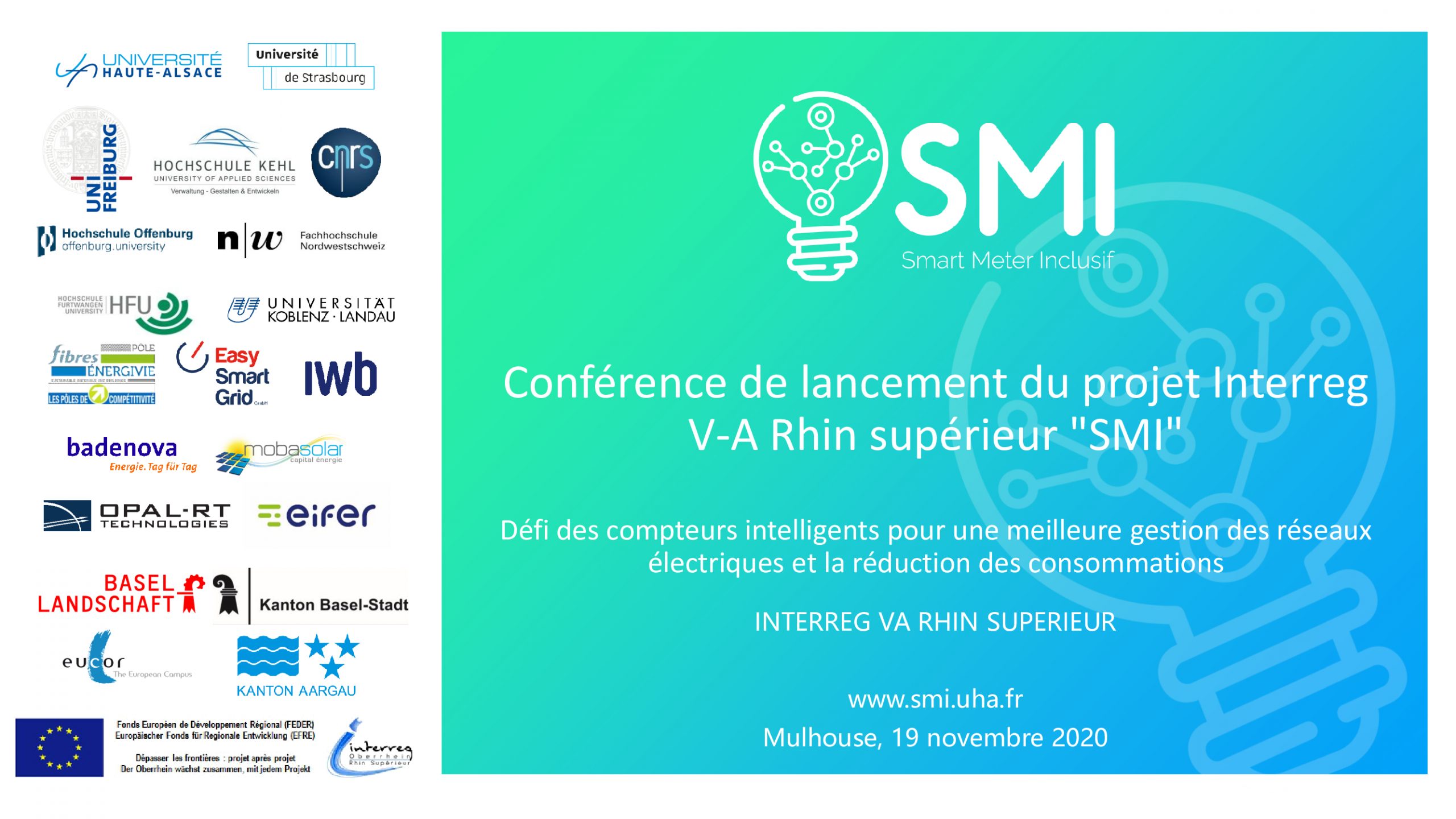
On November 19th, the SMI project launch event took place. It was initially planned in April 2020 but was postponed due to the health situation. In total, there were 10 speakers and almost 80 people were able to attend.
The University de Haute Alsace’s provisional administrator Mr Marc Renner first of all stressed the importance of the Interreg V-A Upper Rhine programme for the université de Haute Alsace. This was an opportunity to underline that the programme represents 17 projects at the University de Haute Alsace, including 2 project leaders: Regio Mineralia and SMI, partners throughout the Upper Rhine, 27 new recruits at the UHA (project managers, doctoral students, post-doctoral students, etc.).
HAGER GROUP
The world of energy is changing. The future will be an electrical world where all the applications of everyday life will be electric (e-mobility, heating, smart meters, …).
At the global level, resources are limited (fossil fuels, oil, uranium, coal, etc.). Renewable energies, on the other hand, are very profitable and therefore very attractive.
It is the economy and regulation that will reverse the trend. Since 2019, electric mobility has made a considerable leap forward, for example.
Of course, renewable energies require flexibility in relation to the consumer because it depends, among other things, on the weather.
SoLAR
The SoLAR pilot project is an example of flexibility. How do you deal with peaks and troughs in energy consumption during the course of a day? Batteries will play an important role here. The SoLAR project is an energy demonstration project in a green, self-consuming district on Lake Constance. It aims to demonstrate how to maximise the use of fluctuating renewable energies in a decentralised energy system within a given density.
BADENOVA
Badenova then spoke about smart metering in Germany. It should be noted that in Germany, unlike France with EDF, which is responsible for 95% of electricity metering points, the country has around 900 electricity distribution network managers.
The smart meter is designed as a global communication centre
- – In the Wide Area Network (WAN), the SMGW communicates with external market participants and the SMGW administrator.
- – in the local metrology network (LMN), the SMGW communicates with the connected meters (electricity, gas, water, heat) of one or more end consumers.
- – In the home network (HAN) of the end consumer, the SMGW communicates with controllable energy consumers or producers (e.g. intelligent household appliances, cogeneration or photovoltaic systems).
Therefore, in order to protect consumer data: the communication has to be encrypted using a public key infrastructure model; which slows down the process.
PRIMEO ENERGIE
Switzerland, for its part, has introduced a fairly restrictive law on energy supply. By 1 January 2028, 80% of all measuring equipment in a grid area must comply with the requirements of the federal articles.
In the future, metering service providers must prove that they have carried out data security tests and certification of the operation of intelligent metering systems.
This implies supplier adaptability because employees must be continuously trained, the plausibility of master data must be checked and replacement values must be created .
SMI
As for SMI, the project leader began his presentation with a saying :
“If you can’t measure it, you can’t improve it. “Without a clear and comprehensive understanding of their energy consumption, consumers are unable to take action to reduce their consumption.
As a reminder, in order to track all equipment energy consumption, each appliance must be measured individually.
The smart meter will learn from the user’s profiles and consumption scenarios to improve self-consumption later on.
ENEDIS
Enedis also stressed the importance of measurement and recalled the history of the deployment of the Linky meter to offer consumers better energy management and support the energy transition.
There are several advantages for the energy supplier and consumers. During Enedis interventions, for example, technicians can see directly where there is a malfunction, and can distinguish whether it is an individual malfunction or a collective one. This saves a considerable amount of time. The supplier can have a better overview of consumption for an optimisation of the erasure mechanisms.
Smart meters have many advantages for the customer:
– Real consumption invoices (and not estimated invoices)
– Each household can visualise its energy consumption in a simple and practical way.
– Decrease in the cost of services
– Rapid remote interventions
– Facilitation of the implementation of collective self-consumption experiments
Please find below the presentations of the different speakers :
- Badenova in German
- Enedis in French
- Hager Group in English
- SoLAR in English
- Primeo Energie in German
- SMI in French
